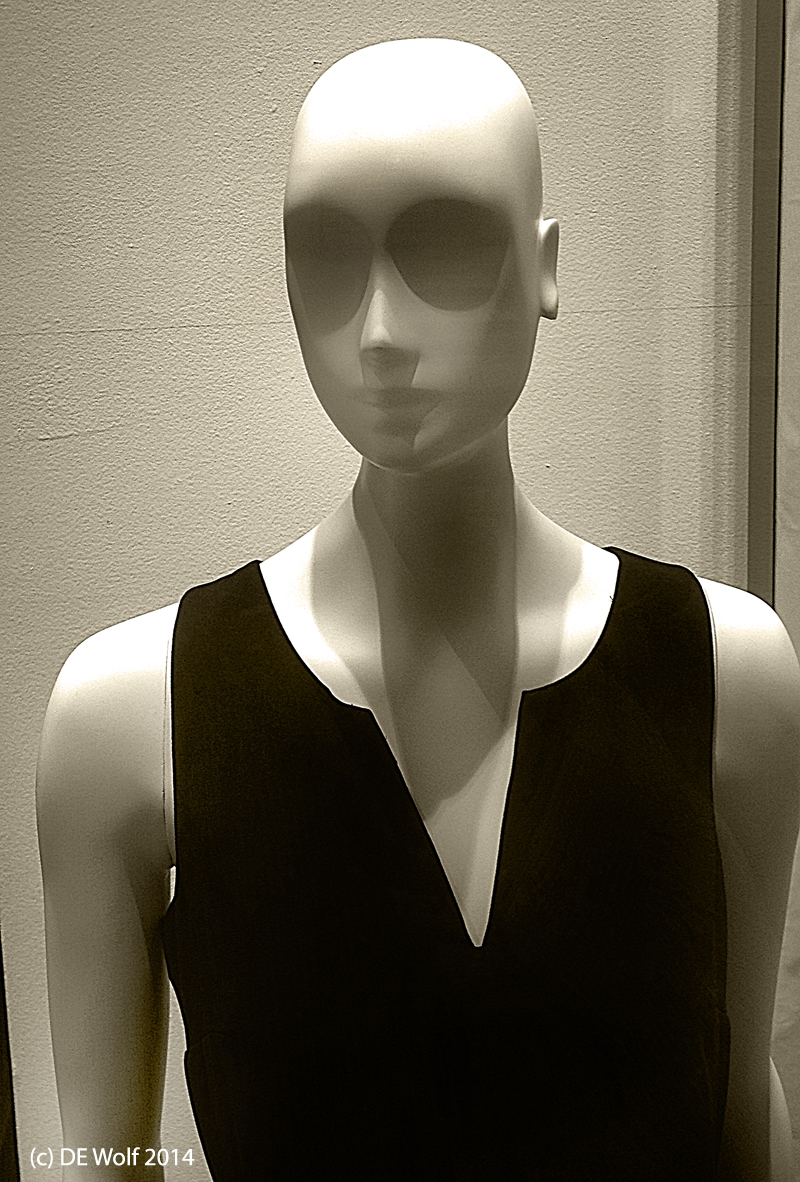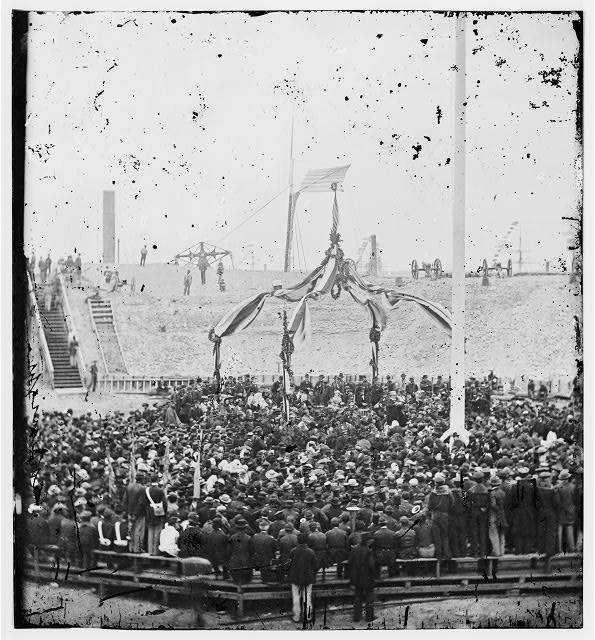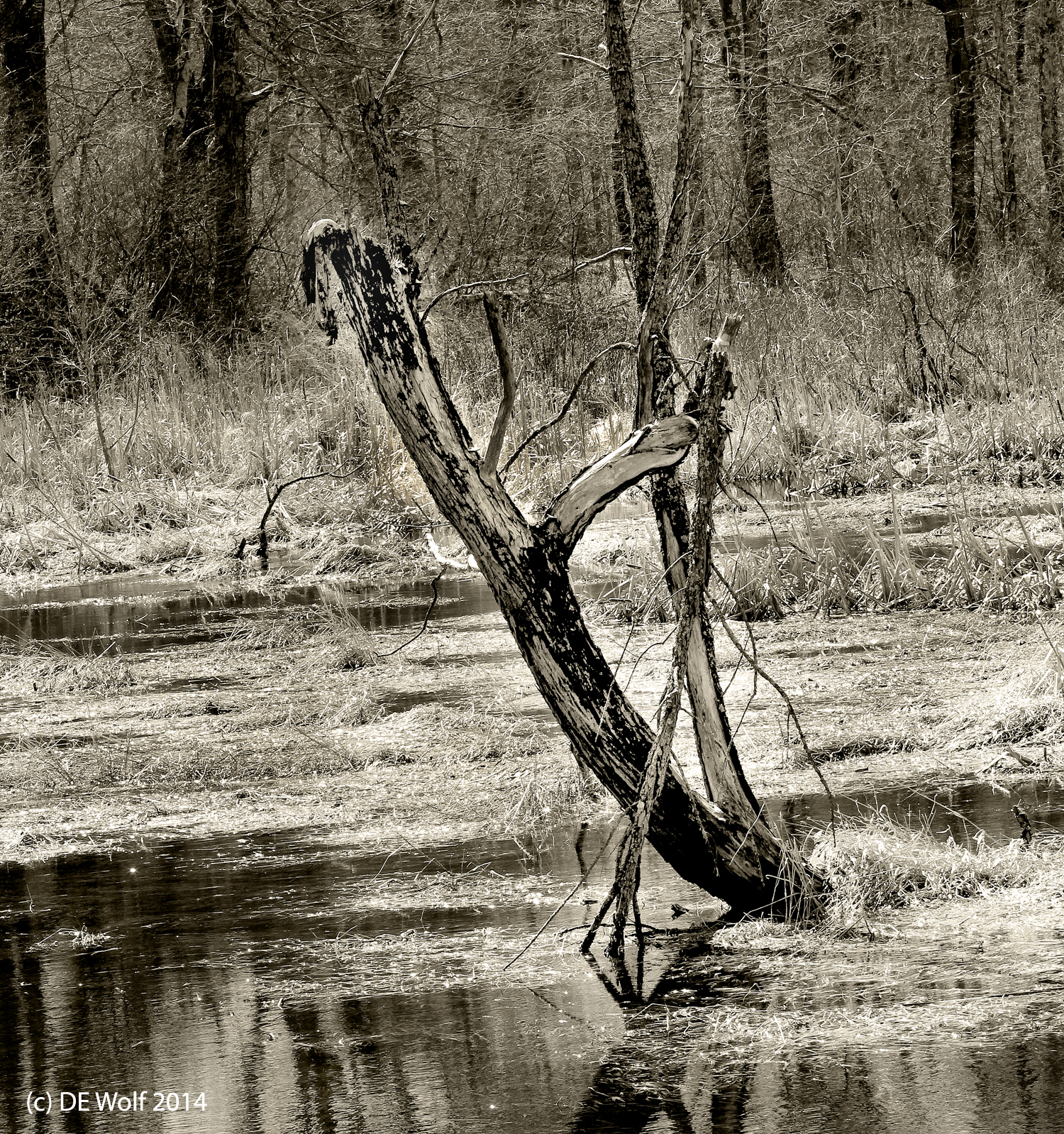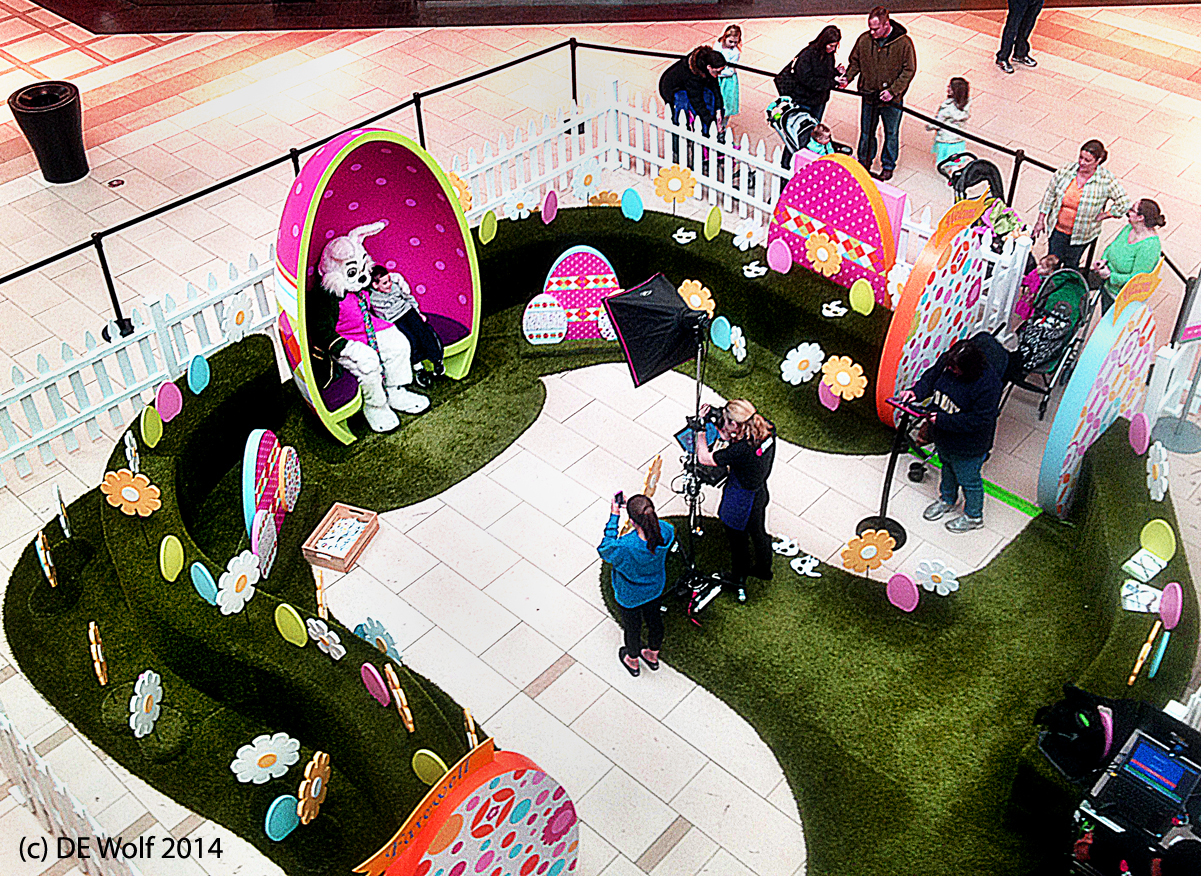After trying to be profound yesterday about the sparing use of color, I came across this image of the Dutch Tulip harvest in Alkmaar, The Netherlands from Hollandluchfoto/Getty Images. I have to conclude that this image would just not make it as a black and white!
Yearly Archives: 2014
Transparent Nature by Arie van’t Riet
I’ve spoken a fair bit about the misplaced dichotomy of science and art and about the intrinsic artful beauty in many subjects scientific. This past week, I came across some beautiful soft X ray images by Arie van’t Riet. These he refers to as “bioramas” and they are exciting because Dr. Van Riet has totally crossed the line. These are studio images taken with X-rays and then partially colorized in Adobe Photoshop. The transition is seamless and the colors appear as if they were always meant to be.
The artist by the way emphasizes that these are things dead, not alive. No animals were sacrificed in the production of these images. So we can begin with his image of the “John Dory Fish,” which has very little color but is an excellent example of the delicacy of form that X rays reveal. You do not need to be a taxonomist to appreciate the structural beauty here. But then van’t Riet combines the X ray images with color. A good example is his his photograph of tulips growing out of the ground. The colors have no significance. But they appeal to the eye and enhance the beauty.
Color is an fascinating dimension in photography. In mundane photography it can be a crutch, by which I mean that if if you have dramatic color, you can often fool yourself into thinking that you don’t need anything else to recommend your picture. I prefer to take images in black and white, or more accurately to convert to black and white, to emphasize form and dynamic range. But sometimes the image screams out for color.
The really interesting balance, to my mind’s eye, lies in starting with a great black and white image and making the pictorial decision between a pure black and white image vs. a toned one. And if toned: cold or warm. And if toned: exactly how much. So in the same context, I think that we can appreciate Arie van’t Riet’s photographs in his decision process of exactly how much color to apply. I think that some of his images are dazzling and dazzling because he uses color so sparingly.
Life among the humans
There is something both appealing and haunting about mannequins. They are almost human and at the same time other worldly. And, I suppose, for people like me who grew up watching the Twilight Zone called “The After Hours” and the adventures of a certain Miss Marsha White, played by the beautiful Anne Francis, in a department store. She ultimately discovers that she is herself merely (?) a mannequin. It is an adventure that can only happen in (doo-dee-doo-doo) the twilight zone.
So I was thinking about Miss White this morning as I was walking in the mall (IPhone camera in hand) in quest for my espresso. There she was in a simple, yet elegant, tasteful black dress. She had no hair and her eyes were darkened by deep shadows giving her a most alien specter.
Polar extremes
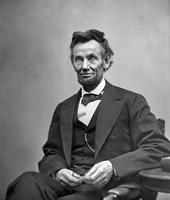
Figure 1 – The last formal photograph of Abraham Lincoln taken on February 5, 1865 by Alexander Gardner. From the US LOC and in the public domain.
Today is April 15th. Yesterday I posted two images taken on April 14th – the second was on April 14t, 1865. This is a black day in American history because on April 15, 1865 – a day after the second image President Abraham Lincoln was assassinated by John Wilkes Booth of the then famous Booth family of actors. He died at 7.22 on the morning of April 15, 1865.
So my pictures of today were both taken by Alexander Gardener, one of the great Civil War photographers, and a rival of Mathew Brady. Figure 1 shows Gardner’s “Last formal picture of Abraham Lincoln” and was taken on February 5, 1865. Figure to is Gardner’s portrait of the famous (now infamous) actor John Wilkes Booth taken on an unknown date also in 1865.
The two images in a sense represent polar extremes – extremes of political thought certainly. The camera in a way fails us. It does not allow us to really see, and only to speculate in retrospect with knowledge of who the sitters were, into the tormented souls of these two men – Lincoln tormented by the heavy responsibility for so man deaths and Booth tormented by the lost cause of his beloved South.
Lincoln, as we know, had a premonition of his own death. It was as if his worldly task was to save the Union and with that accomplished the fates discarded him.

Figure 2 – John Wilkes Booth Figure 1 – The last formal photograph of Abraham Lincoln taken in 1865 by Alexander Gardner. From the US LOC and in the public domain.
“About 10 days ago, I retired very late. I had been up waiting for
important dispatches from the front. I could not have been long in bed
when I fell into a slumber, for I was weary. I soon began to dream.
There seemed to be a death-like stillness about me. Then I heard subdued
sobs, as if a number of people were weeping. I thought I left my bed
and wandered downstairs. There the silence was broken by the same
pitiful sobbing, but the mourners were invisible. I went from room to
room; no living person was in sight, but the same mournful sounds of
distress met me as I passed along. I saw light in all the rooms; every
object was familiar to me; but where were all the people who were
grieving as if their hearts would break? I was puzzled and alarmed. What
could be the meaning of all this? Determined to find the cause of a
state of things so mysterious and so shocking, I kept on until I arrived
at the East Room, which I entered. There I met with a sickening surprise. Before me was a catafalque, on which rested a corpse wrapped in funeral vestments. Around it were stationed soldiers who were acting as guards; and there was a throng of people, gazing mournfully upon the corpse, whose face was covered,
others weeping pitifully. ‘Who is dead in the White House?’ I demanded
of one of the soldiers, ‘The President,’ was his answer; ‘he was killed
by an assassin.’ Then came a loud burst of grief from the crowd, which
woke me from my dream. I slept no more that night; and although it was
only a dream, I have been strangely annoyed by it ever since.[12]
A difference of four years
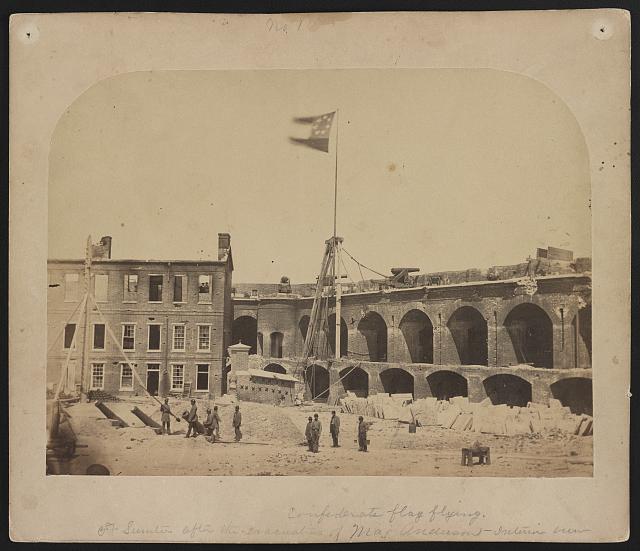
Figure 1 – The raising of the Confederate flag over Fort Sumter on April 14, 1861. From the LOC and in the public domain.
Today is April 14th. Today and tomorrow I’d like to talk about images that represent polar extremes. Todays are a pair separated in time by four years. The years are 1861 and 1865. Today I’m posting two pictures from the United States Library of Congress: one taken on April 14, 1861 and the other taken on April 14, 1865. On April 14, 1861 after the bombardment by confederate forces of Fort Sumter in Charleston Harbor and its subsequent evacuation by Major Robert Anderson and his Union troops, the Confederates raised their flag over the fort (Figure 1). On April 14, 1865, Brigadier General Anderson returned to Fort Sumter for the raising of Old Glory over the fort. Also present on that day was Harriet Beecher Stowe (Figure 2).
The contrast or similarity of these two historic images speaks to the symbolism of flags and to the aspiration of men and women with conflicting ideas. History is ultimately a cauldron, and war its most unpredictable brew. Wars like the American Civil War are so terrible that you would think that we would do everything possible to avoid them. Yet in our imperfections we tumble irrevocably towards them. This particular war, really the second phase of the American Revolution, was truly born of unresolved conflicts of the eighteenth century. Ultimately, we are driven forward by the ideas of the times and these images can only in a very small way give us a glimpse what was in the minds of Americans during those years.
Extinct jobs and lost professions
Yesterday, I found a thought-provoking photo series on MSN showing professions that no longer exist. They call it “Extinct Jobs.” When I was in high school, my father had a colleague who liked to photograph scenes in New York City that were likely to soon vanish. It is a worthwhile endeavor, and this is an example of such work, albeit not by a single person. With regards to our own times it is truly amazing how fast things have changed. I suspect that we would not have predicted witnessing such rapid technological and indeed, sociological change in our lifetimes.
As for this series there are a number that catch my eye and mind in particular. We have, of course, the telephone operator. Try to reach a living person today. But there are quainter(?) lost professions. In this context, I think that quainter means more antiquated and beyond the common memory. So how about the “Knocker-up” of 1920’s London. No it doesn’t mean that. The knocker up was a man whose job it was to carry a long stick and knock on the windows of people who had to get up early. He was a human alarm clock. Then there is the “rat catcher,” whose job it was to catch and kill rats in English train stations. The image was taken on November 7, 1939. But the image that seems most distant and raises the hairs on the back of my neck is the “London gas-lamp lighter.” The image is from 1935. But what it evokes, in the cobwebs of my mind, is almost exactly exactly a century old (August 3, 1914). On the eve of World War I, Sir Edward Grey, British foreign secretary, is said to have remarked that “The lamps are going out all over Europe, we shall not see them lit again in our life-time.” There is some controversy as to whether Sir Grey actually said this. However, both this series of photographs and those words emphasize a profound truth: that the events of human history can offer up profound change.
Cláirseach
There is a bridge over a bog in the Sudbury River watershed on Landham Road, in Sudbury that I often drive over. It is a beautiful place and I have tried to photograph there in all seasons. I am particularly drawn to old tree stumps and a wonderful beaver dam. Last Sunday I thought that I would try to capture it in this early spring light. The sun was reasonably intense and glistened off the water. Everything was still dead, which won’t last for long. All the signs of spring are there. I loved the bearing of this old tree (Figure 1) looking ever so much like an Irish harp or cláirseach. You may recall my blog in January about pareidolia.
As for the blah-de-blah… This was taken using a monopod with my Canon T2i using my EF70-200mm f/4L USM lens at 84 mm. I fall in love again with this lens every time. ISO was 400. Exposure was 1/250 sec at f/11.0.
Shadows and geometrics
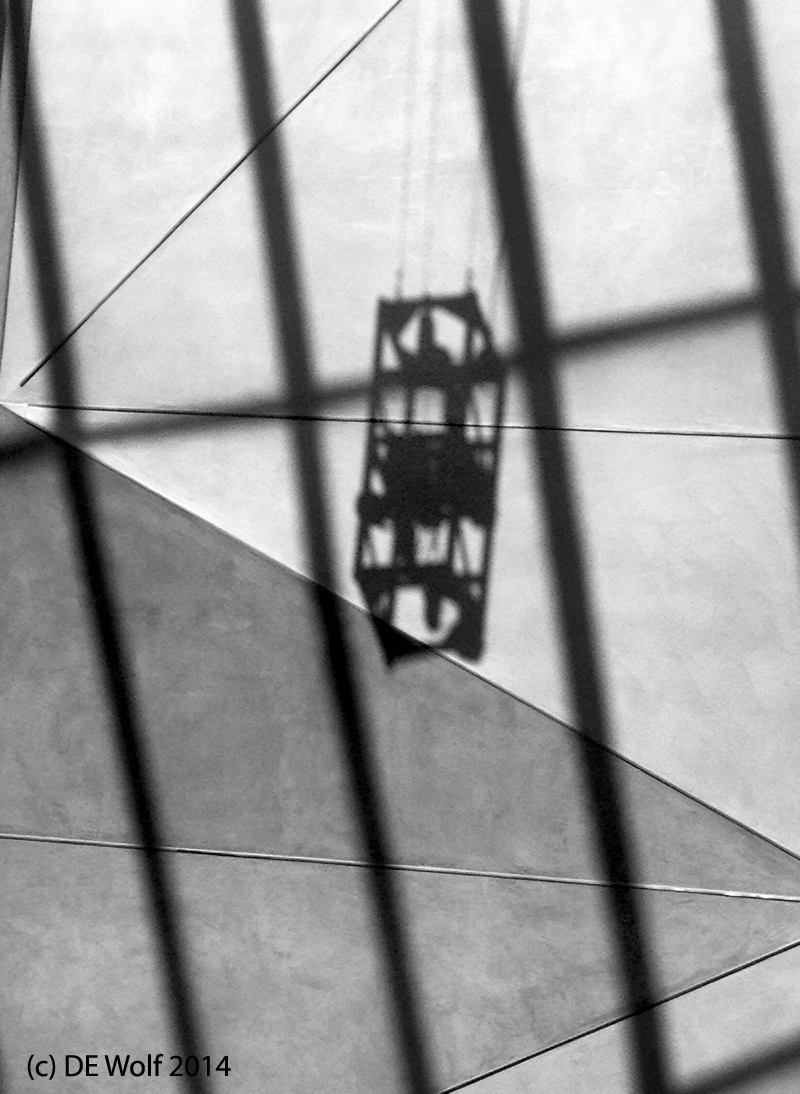 I was struck the other morning by this combination of shadows and geometric patterns on a wall. It seemed the perfect indulgence for an IPhone image, converted to pure greyscale, and I felt, in the end, that it was better without any toning. I had zoomed in just a bit when I took the image. As a result, I found that any amount of sharpening accentuated the pixels unpleasantly. So in the end I did some cropping on the final image and a little dodging to light zones in the shadow regions and and complementary burning in to shadows in the light areas. I like the end result and I am almost always amazed at what the IPhone 4s camera can accomplish.
I was struck the other morning by this combination of shadows and geometric patterns on a wall. It seemed the perfect indulgence for an IPhone image, converted to pure greyscale, and I felt, in the end, that it was better without any toning. I had zoomed in just a bit when I took the image. As a result, I found that any amount of sharpening accentuated the pixels unpleasantly. So in the end I did some cropping on the final image and a little dodging to light zones in the shadow regions and and complementary burning in to shadows in the light areas. I like the end result and I am almost always amazed at what the IPhone 4s camera can accomplish.
Mall photographers
Back in February, I blogged about “The Street Photographers of Afghanistan.” I was at the mall again yesterday and it occurred to me that that while these Afghan street photographers bear a unique national and cultural signature they share a common history and proud tradition with similar commercial photographers everywhere. It used to be that you would find people ready to snap your photograph and sell you a copy at all of the major tourist attractions. You can still find them on cruise ships and at amusement parks (albeit in robotic form). And of course, you find them at the malls, which to me is just a little surprising in a world, where digital cameras are ubiquitous and the selfie reigns supreme.
It seems that somehow there is still a legitimacy associated with having a “professional” take your picture – even if the “professional” has little more training than you do. When I come up the escalator at my local mall the first thing that I see is a display of a professional photography studio. And then the mall itself has no less than three places where you can go and have your child’s photograph taken. It is always fun to watch the little tykes all dressed up in what used to be called “their Sunday best.”
And then there are the photos with Santa at Christmas time and the photos with the Easter Bunny this time of year. Yesterday I went to the mall for a walk early and was amazed at how much traffic there was. That is until I saw the line for the Easter Bunny.
If I look through the photographic paraphernalia of my own son’s childhood, I find numerous pictures taken by professionals on cruise ships, pictures with Santa including a picture with me and Santa played by a colleague Bob O’Connell dressed as Santa, and then there are several professional family portraits. In one set my wife had us all wear blue shirts or sweaters. The most expensive of these “professional portraits” is really no better than I could have taken myself. But, as I said, there is a certain mystique and legitimacy associated with the term “professional” – as if it implied “good.”
I will in the end admit, that I love the mall Santas and Easter Bunnies. I love to watch the excitement when Santa arrives and greets all the children in the line. I find myself secretly wanting to sit in Santa’s chair, when he isn’t there – just in hopes that some of the magic will rubbed off on me.

